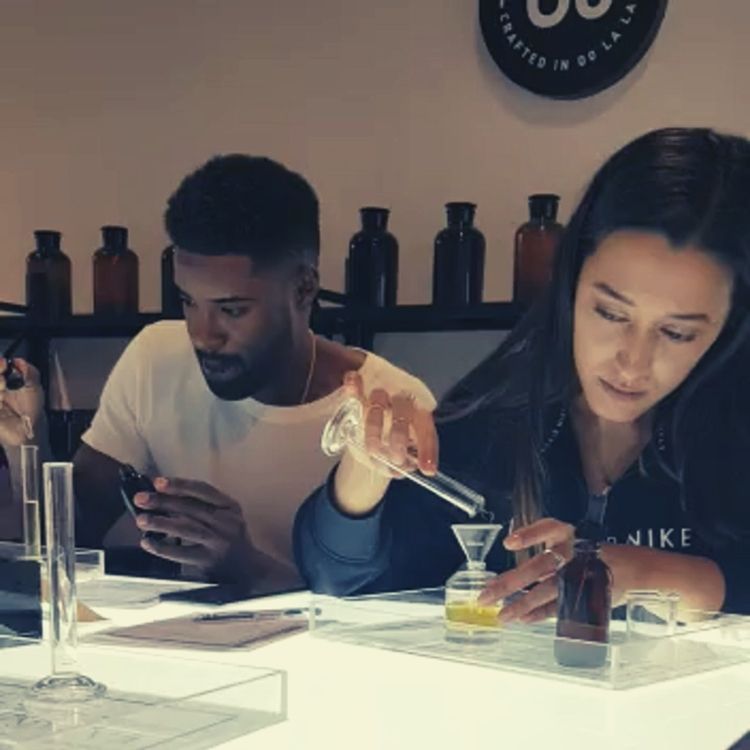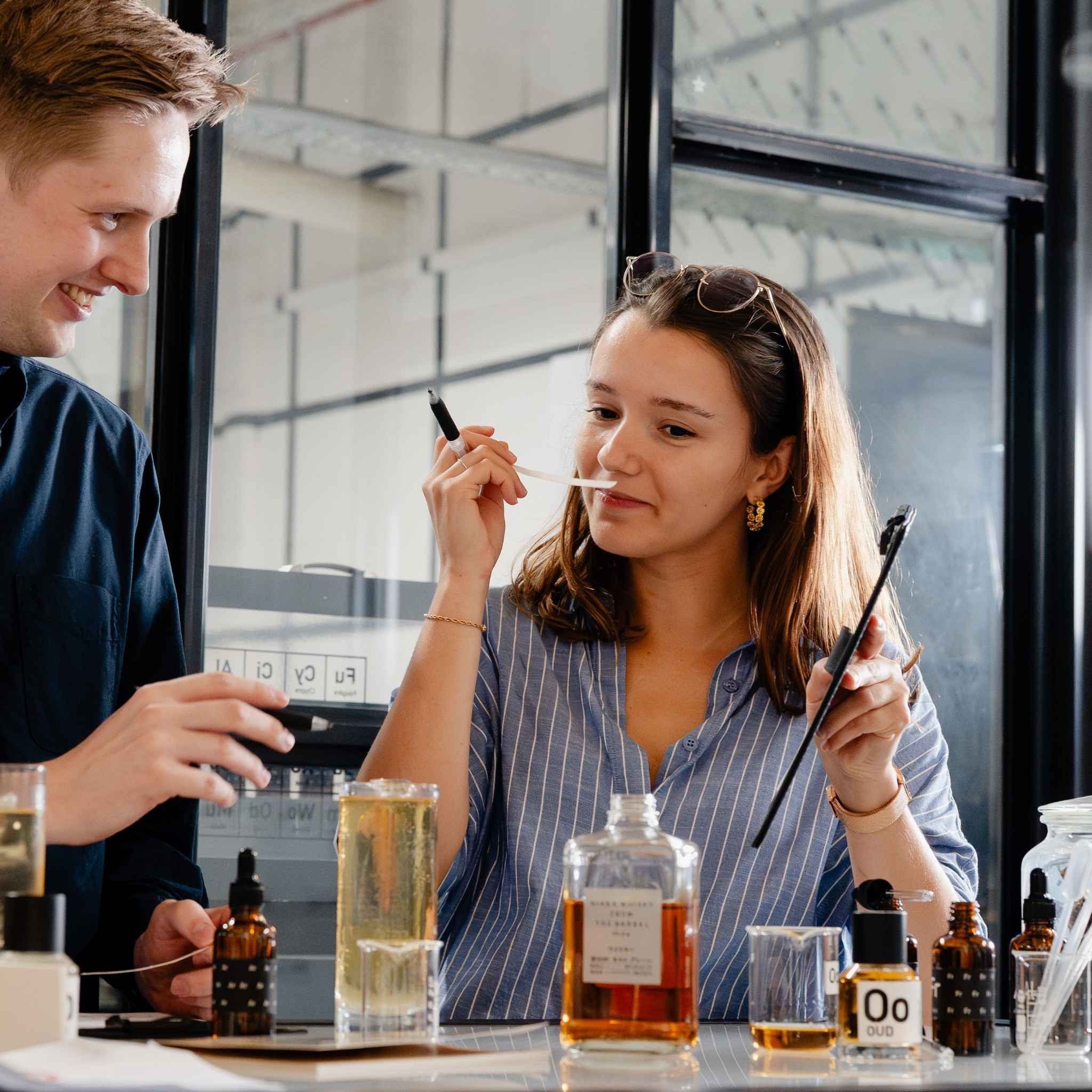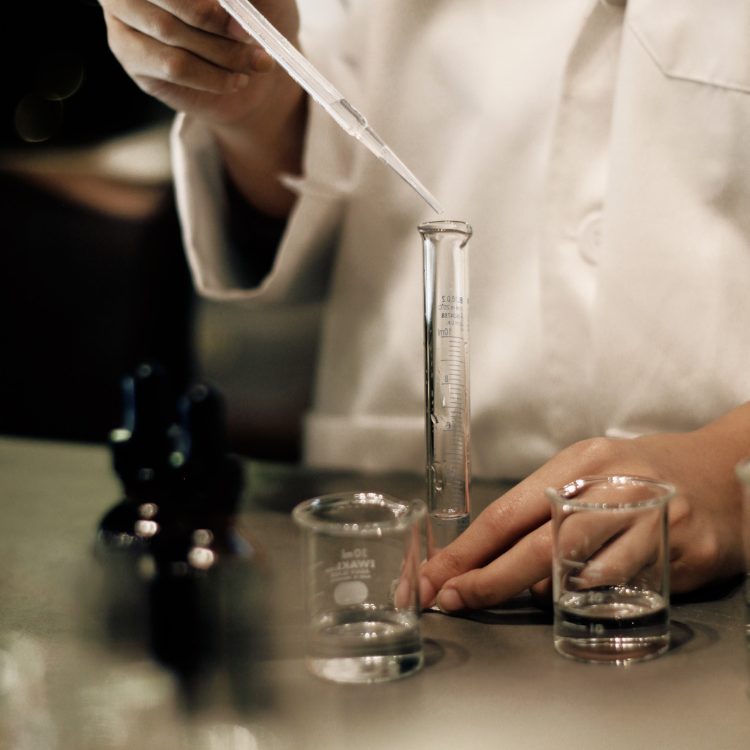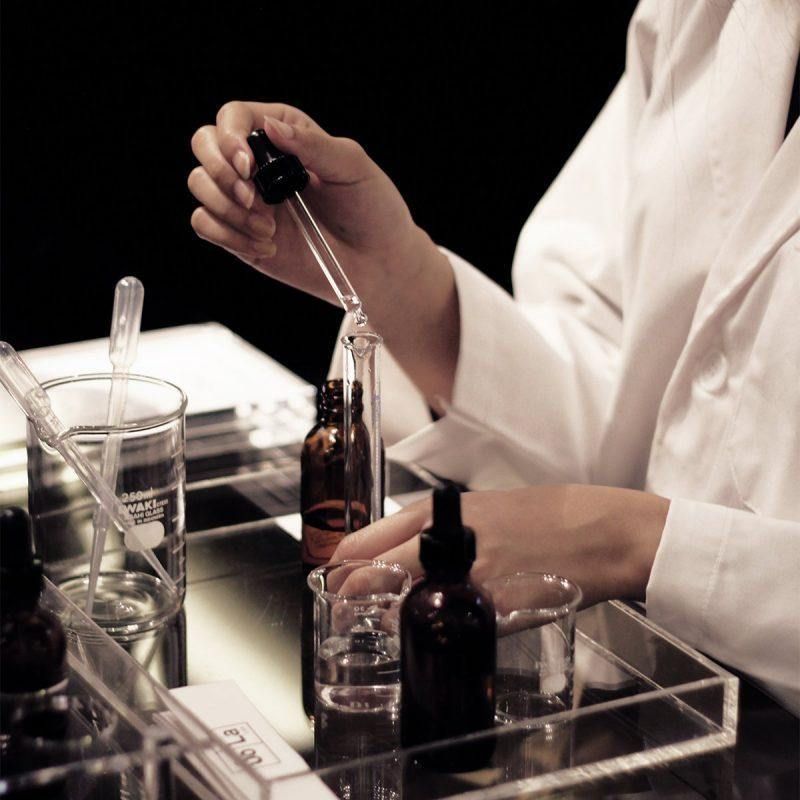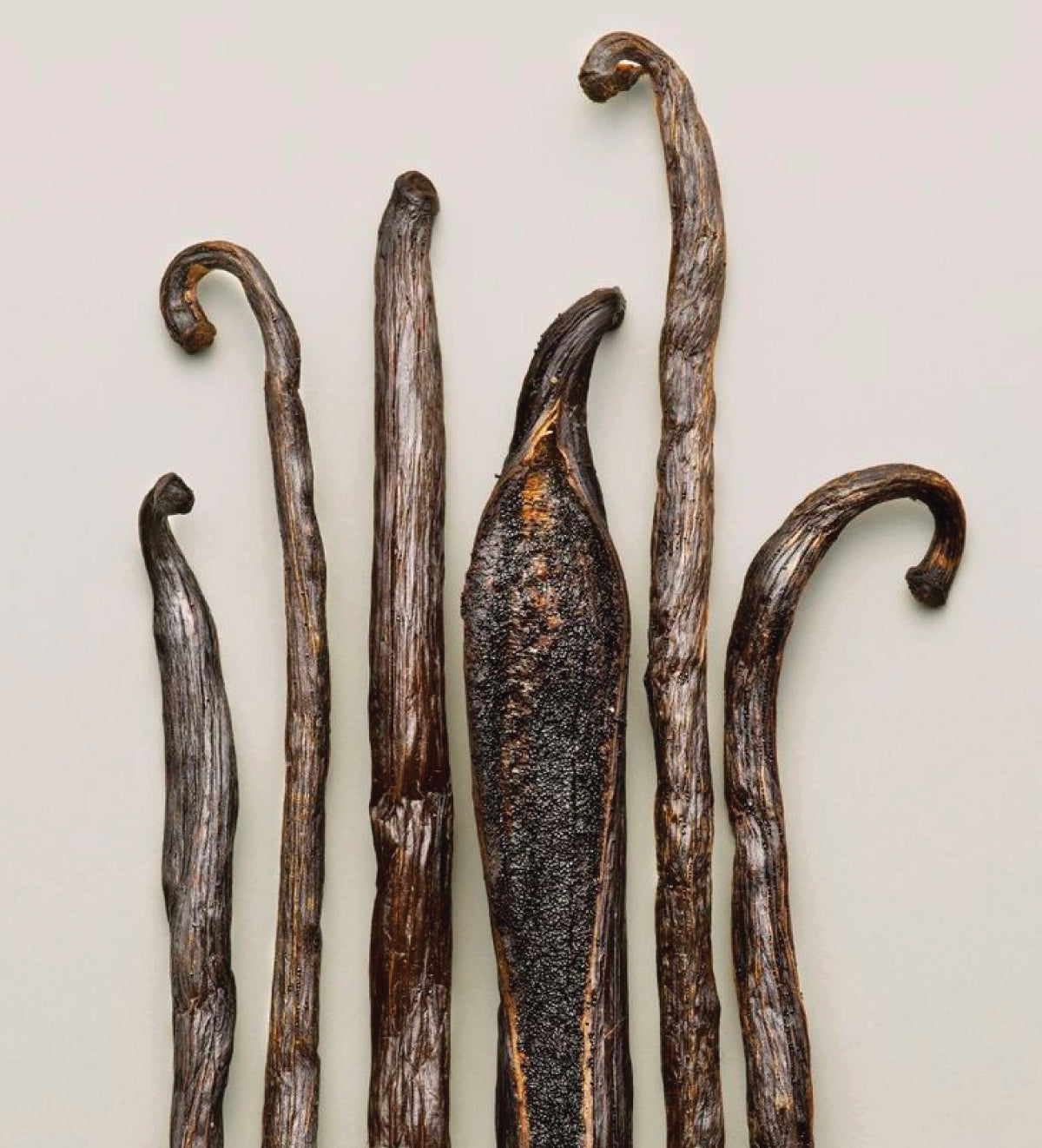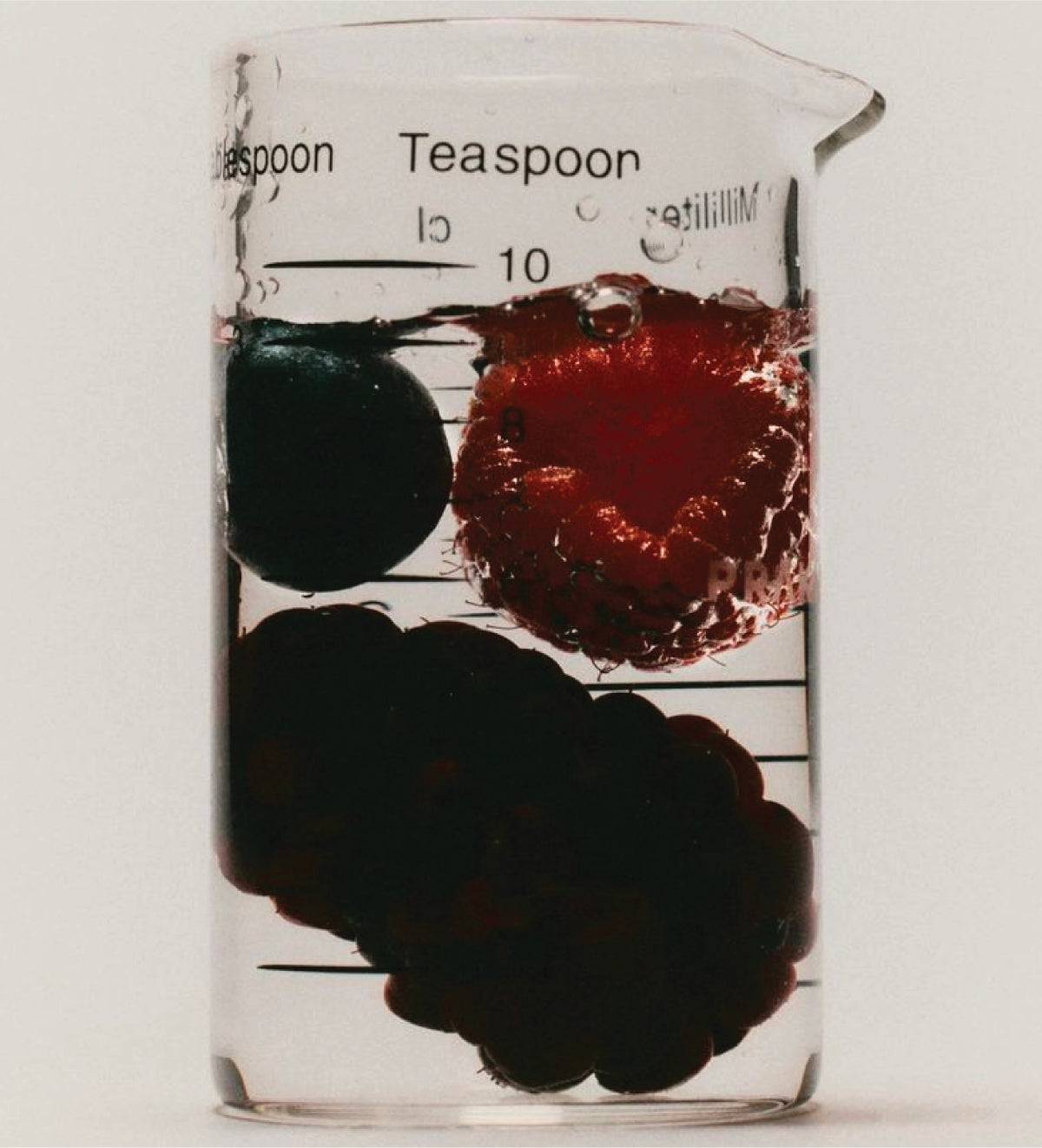Go Solar - Learn why you need one of these fragrances in your Collection
So first off, WTF are Solar fragrances? Well you may have guessed it. Solar frags are an evocative blend designed to capture the essence of radiant sunshine and warm, sun-drenched days. These scents typically incorporate...

